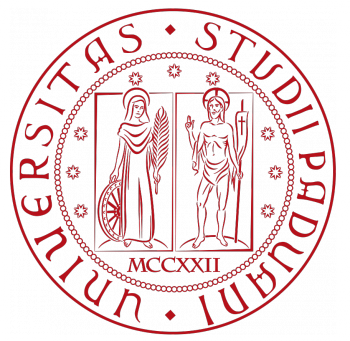The Interdepartmental Centre for the History of Medicine (CISM) at the University of Padua is focused on promoting medico-historical studies at two interconnected levels: 1) among the scientific and humanistic schools of the University of Padua, and 2) at an international level.
History of medicine today is a multifaced discipline requiring an interdisciplinary approach. Both the remote and the proximate past of medicine can be fully understood connecting knowledge from different sources such as human remains, instruments, ceramics, statues, buildings, archive materials and published texts. A dialogue among materials so different necessarily needs different specialists, such as philologists, philosophers, anthropologists, biologists and physicians. The principal aim of the CISM is to collect, through the different Departments of the University of Padua, the competences for establishing and developing the interdisciplinary approach to medico-historical studies. Through the scientific connections of CISM Padua members, the Centre aims at enlarging its community at an international level.
University of Padua Medical School claims one of the most significant traditions of the Western world. Crucial figures of modern medicine were students and professors here, such as Andreas Vesalius (1514-1564), William Harvey (1578-1657), Antonio Vallisneri (1661-1730) and Giovanni Battista Morgagni (1682-1771). Therefore, the CISM would give a special attention to historical studies promoting a better understanding of the history of Padua Medical School. However, given that this Medical School was, since its origin, an authentic international campus, the CISM would particularly foster studies reconstructing what could be defined as the global history of medicine. Special attention would be deserved also to studies on contemporary history of medicine, as well as on ancient history of medical traditions developed outside Western world.
The CISM will promote history of medicine through publications, seminars and congresses, exhibitions and didactive activities of their members. Their members are also available for consulting in the different areas related to history of medicine, such as archive and bibliographic researches, anthropological and paleopathological studies, and medical exhibitions.

